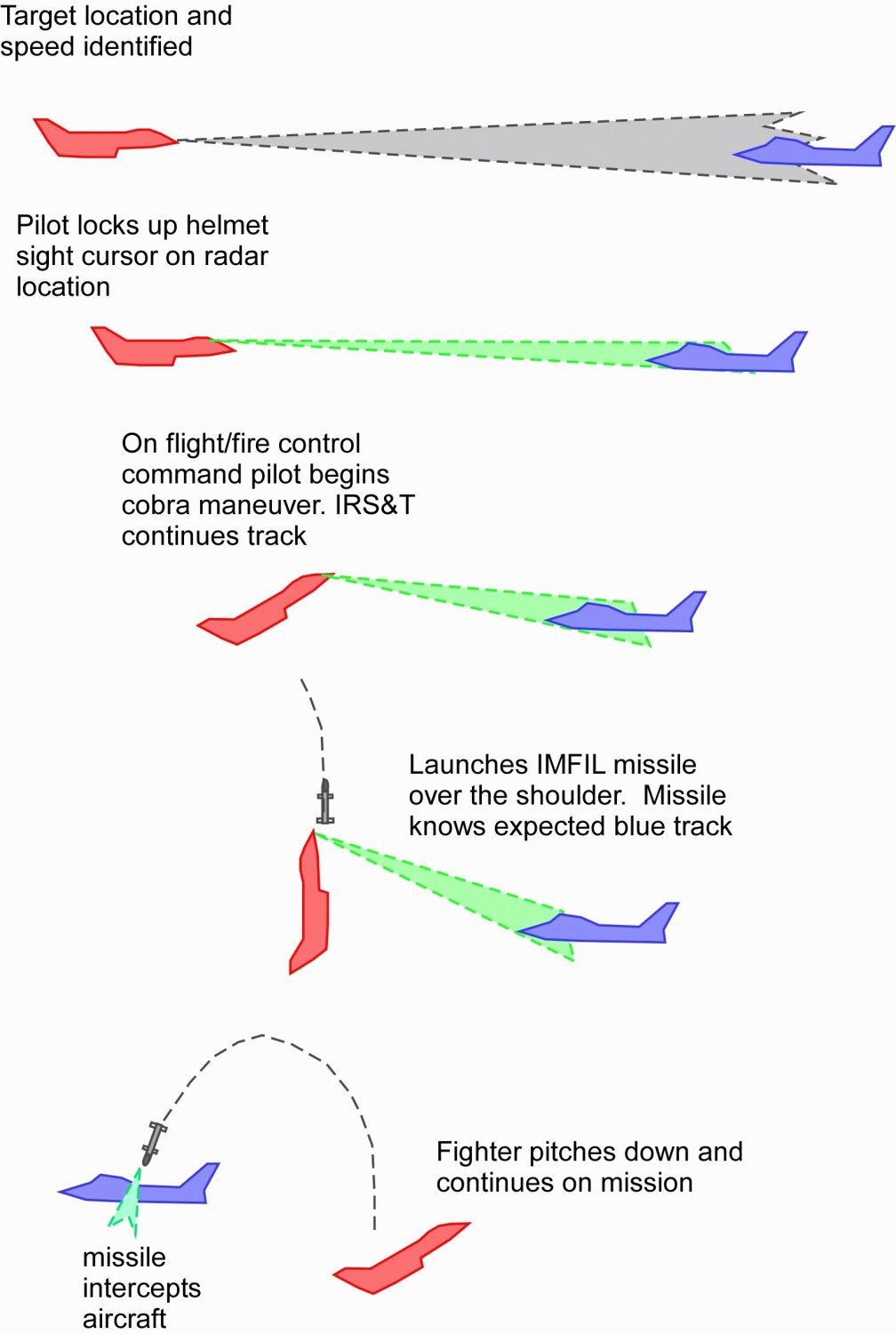

Pilots must also wear parachutes during aerobatics, except during certain types of flight training.īefore performing any aerobatic maneuver, make sure you run through the following checklist. Pilots who fly low-level aerobatics at those events must have special training to qualify for a low-level aerobatic waiver. You must also remain at least 1,500 feet (460 meters) above the ground and the visibility must be at least 3 miles (5 kilometers).Īirshows and aerobatic contests are conducted under the terms of special waivers issued by the FAA. For example, aerobatics are prohibited over congested areas, over groups of people, near airports, and inside certain types of controlled airspace. In the United States, FAR 91.303 lays out the basic rules. You can't perform aerobatics whenever and wherever you want. Aircraft like the Extra 300S, which is certified in the acrobatic category, include special features and reinforced structures to withstand the stresses of aerobatic flight. Normal or utility aircraft aren't designed for aerobatics. Aircraft are certified in several categories. For more information, see the Extra 300 Aircraft Information article.įor a more dramatic performance, turn on the smoke! You can turn smoke on and off by pressing I.Īerobatics aren't inherently dangerous, provided you follow some basic rules and procedures.įirst, make sure your airplane is up to the task. That exceptional performance makes the Extra one of the top aircraft on the airshow circuit and in major aerobatic competitionsand the choice of world-class aerobatic pilots like Patty Wagstaff.

The structure can withstand loads of ☑0G, and its large ailerons deliver a roll rate exceeding 400 degrees per second. The 300S features a welded tube fuselage covered with composite panels and an all-composite wing. The Extra 300S, a single-seat, high-performance aerobatic aircraft manufactured in Dinkslaken, Germany, is one of several modern designs created by Walter Extra. The aerobatic procedures that follow assume you are flying the maneuverable Extra 300S. You can also test your skill by trying the Immelmann, Split-S, and spins. The four basic aerobatic maneuvers include: the loop, aileron roll, Hammerhead, and Cuban Eight. Learning to fly aerobaticswith its range of airspeeds, unusual pitch attitudes, and varying G-forcesmakes a great way to expand and practice your understanding of aerodynamics and aircraft control. Aerobatics require the full range of a pilot's skill and precision.


 0 kommentar(er)
0 kommentar(er)
